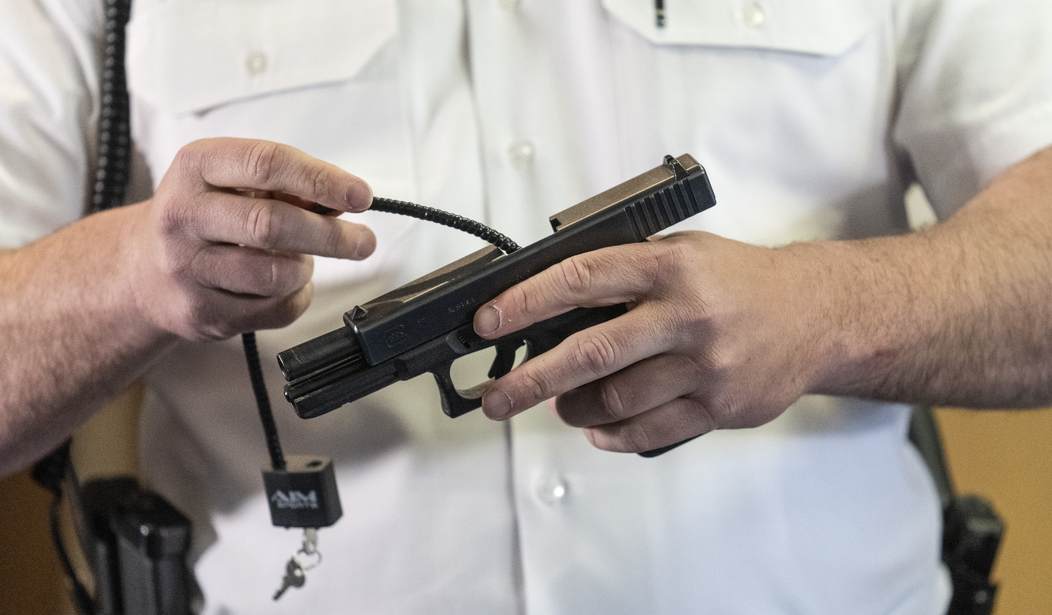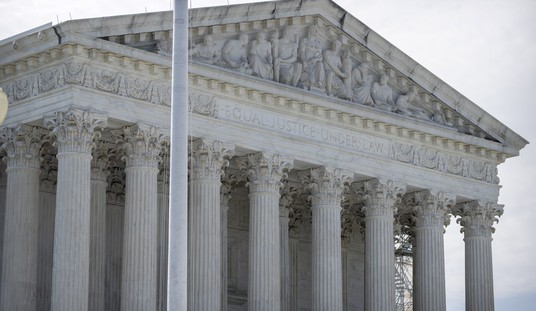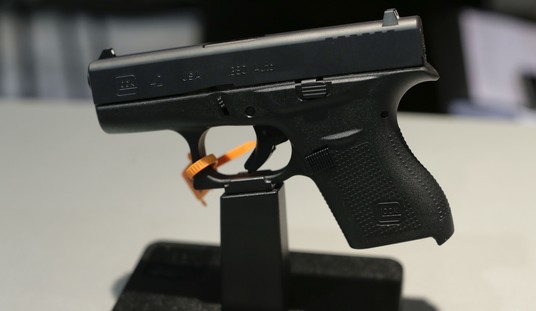The "red flag" referendum on the ballot in Maine next month has drawn opposition from politicians including Gov. Janet Mills and groups like the Sportsman's Alliance of Maine, but supporters of the referendum have heavily outspent opponents, and it's outcome is still very much an open question.
One of the problems with putting the issue to a vote of the people is that many Mainers aren't going to have a good idea of how the proposed law would work. The ballot title asks only "Do you want to allow courts to temporarily prohibit a person from having dangerous weapons if law enforcement, family, or household members show that the person poses a significant danger of causing physical injury to themselves or others?"
If voters want, they can read twelve pages of fine print that goes into the particulars of the proposal, but I doubt many will avail themselves of that opportunity. Meanwhile, supporters of the referendum like columnist Douglas Rooks are offering up wild claims about the "success" of the law in other states, without defining what that success actually looks like.
While the yellow flag law has repeatedly been called “more moderate” than the red flag, it isn’t. It requires police to take someone into protective custody — jailing them — so a mental health evaluation can take place, plus a full court proceeding on the gun possession issue. This is, to put it mildly, a highly unusual procedure.
While it’s true the yellow flag has been invoked far more often after Lewiston — 1,100 times, according to Mills — we know nothing about what happened to those who, at least temporarily, lost their liberty and for how long. Removing firearms through a red flag law, also temporarily, is far less intrusive, so it’s hard to understand Mills’ insistence that we don’t need it.
Far more persuasive is an op-ed by Anne Jordan, a former commissioner of public safety who served as executive director of the Mills-appointed Lewiston Commission. She wrote that the facts “led me to a resounding, inescapable conclusion over the course of nine months, thousands of pages of reports and records and hundreds of hours of videos and interviews: we need a better law.”
The red flag is that law. As Jordan says, it’s been proven to work in 21 other states, noting that the yellow flag was “an experiment, an attempt to blaze our own trail” that “tragically failed.” She said of Mills, “I’m disappointed she’s chosen to side with the gun lobby.”
First off, Rooks is wrong about individuals being jailed so a mental health evaluation can take place. If someone is taken into protective custody as part of a "yellow flag" investigation, that individual is presented to a mental health professional for an evaluation, which is typically going to happen at a hospital or clinic. This is essentially the same procedure for an involuntary civil commitment, which begins with a mental health hold for the purposes of an evaluation.
Is that more intrusive than a "red flag" law? Maybe on the front end, but it ultimately provides more due process protection because it's actually an individual who has the expertise and training to determine if someone poses a threat to themselves or others instead of a judge making that decision solely on the basis of the allegations from those who initiated the petition.
Maine's "yellow flag" law also provides those individuals who are deemed to pose a threat to themselves or others with the opportunity for treatment. "Red flag" laws, on the other hand, only address someone's ability to legally own a firearm. Even if a judge decides that someone should have their guns taken away, they're still left to their own devices and can illegally acquire a gun as well as maintain possession of their knives, gasoline, matches, and anything else they could use to harm themselves or others.
Which brings us to Rooks' and Jordan's contention that red flag laws have been "proven to work" in 21 other states. How do they define that term? Yes, they've been proven to take guns away from people, but can either of them state with absolute certainty that these laws have prevented any violent crimes or acts of self-harm?
The best evidence that "red flag" supporters is a study that claims one suicide is prevented for every 17 to 23 Extreme Risk Protection Orders that are issued; a "success" rate between 4% and 6% (at best). Which begs the question: what happens the other 94-to-96% of the time? In some cases, presumably, the subject of an ERPO petition is still able to take their life (and/or the lives of others). But in other cases, the petitioner never posed a threat in the first place.
I'm not a fan of Maine's "yellow flag" law either, but it's both more protective of our civil liberties and more practical in terms of addressing mental health than the "red flag" proposal up for a vote next month. That proposal is an easy way to confiscate someone's guns, but it does nothing to address the underlying problem of dangerousness, and it clearly isn't doing much to save lives if even its champions admit one suicide is only prevented for every 17-to-23 "red flag" orders.
Editor’s Note: The Schumer Shutdown is here. Rather than put the American people first, Chuck Schumer and the radical Democrats forced a government shutdown for healthcare for illegals. They own this.
Help us continue to report the truth about the Schumer Shutdown. Use promo code POTUS47 to get 74% off your VIP membership.









Join the conversation as a VIP Member